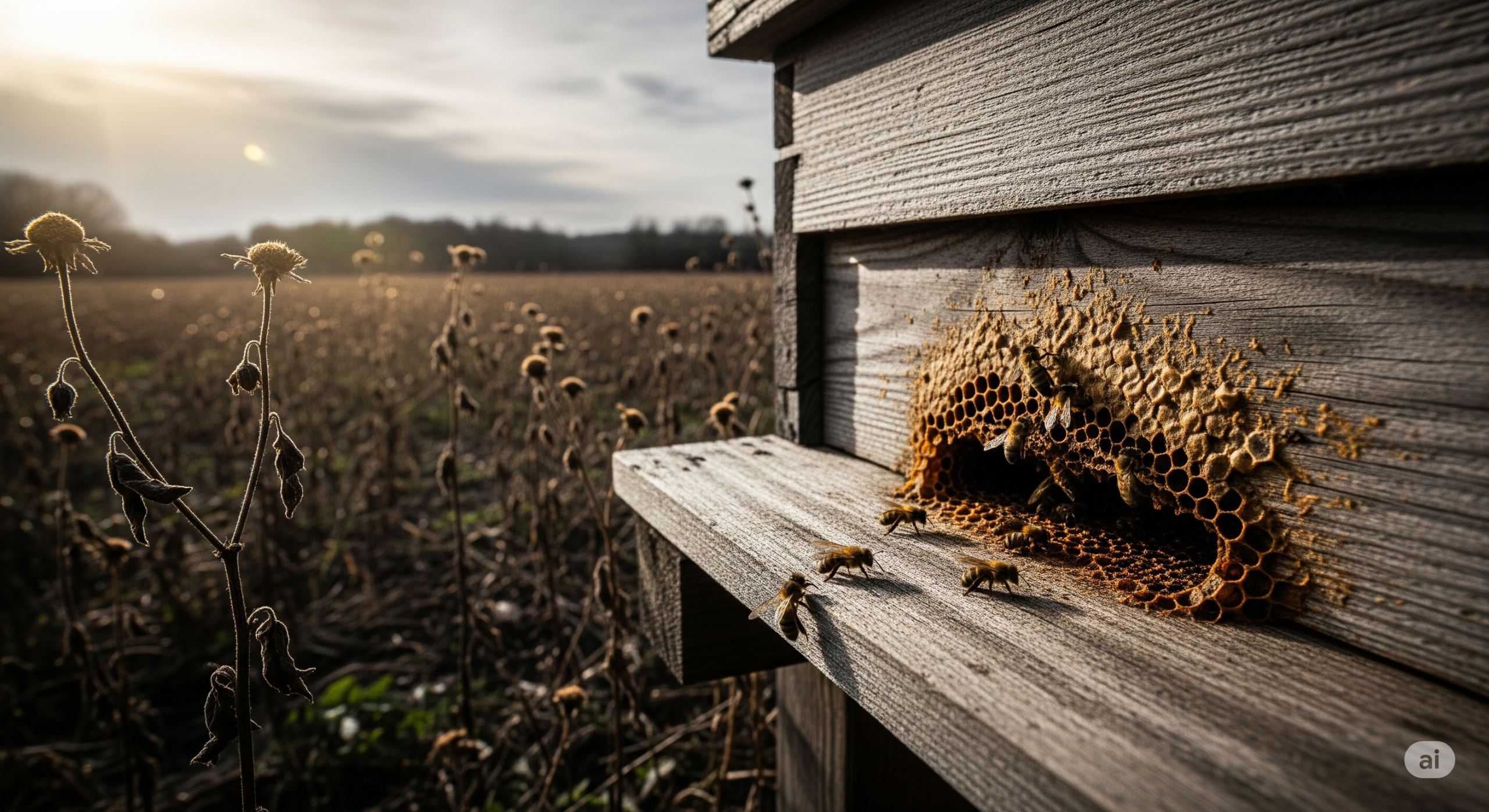Happy World Bee Day!
Happy World Bee Day! A Buzzworthy Call for Sustainability
Today, May 20th, marks World Bee Day, a crucial reminder of the tiny powerhouses that underpin much of our planet’s biodiversity and food security: bees and other pollinators. These industrious insects are absolutely critical, responsible for pollinating roughly one-third of the world’s food crops and the vast majority of flowering plants. Without them, our plates would look starkly different, lacking many of the fruits, vegetables, nuts, and even coffee and chocolate we enjoy daily.
However, bees face significant challenges. “Colony Collapse Disorder” (CCD), a phenomenon where worker bees mysteriously abandon their hives, along with other stressors like habitat loss, pesticide use, and climate change, have led to alarming annual bee hive die-offs. While annual loss rates can fluctuate, they often range from 30% to over 50% in some years. This might sound devastating, and it is a serious concern for food systems. Yet, it’s a testament to the dedication and innovation of beekeepers that, globally, managed bee colony numbers have remained relatively stable. Beekeepers are working tirelessly to mitigate these losses, constantly rebuilding and adapting to keep pace with the demand for their vital pollination services.
On World Bee Day, let’s recognize the incredible work of these pollinators and the beekeepers who champion them. Supporting sustainable practices, reducing pesticide use, and planting pollinator-friendly gardens are all ways we can contribute to a healthier future for these essential creatures and, by extension, for ourselves.
Thank you for the sweet and healthy additive to our daily lives.
Here are a couple of links and references:
- World Bee Day Information:
- United Nations – World Bee Day: This is the official source for World Bee Day, providing background on its significance, the role of pollinators, and ways to help. https://www.un.org/en/observances/bee-day
- Bee Colony Health and Pollination Statistics:
- USDA – The Buzz About Pollinators: The U.S. Department of Agriculture provides insights into the economic value of pollinators and the crops that rely on them. https://www.usda.gov/about-usda/news/blog/2022/06/22/buzz-about-pollinators
- Colony Collapse Disorder – Wikipedia: While Wikipedia should always be cross-referenced, its entry on Colony Collapse Disorder provides a good overview of the phenomenon, its historical context, and reported loss rates. It also references various studies and organizations involved in monitoring bee health. https://en.wikipedia.org/wiki/Colony_collapse_disorder

